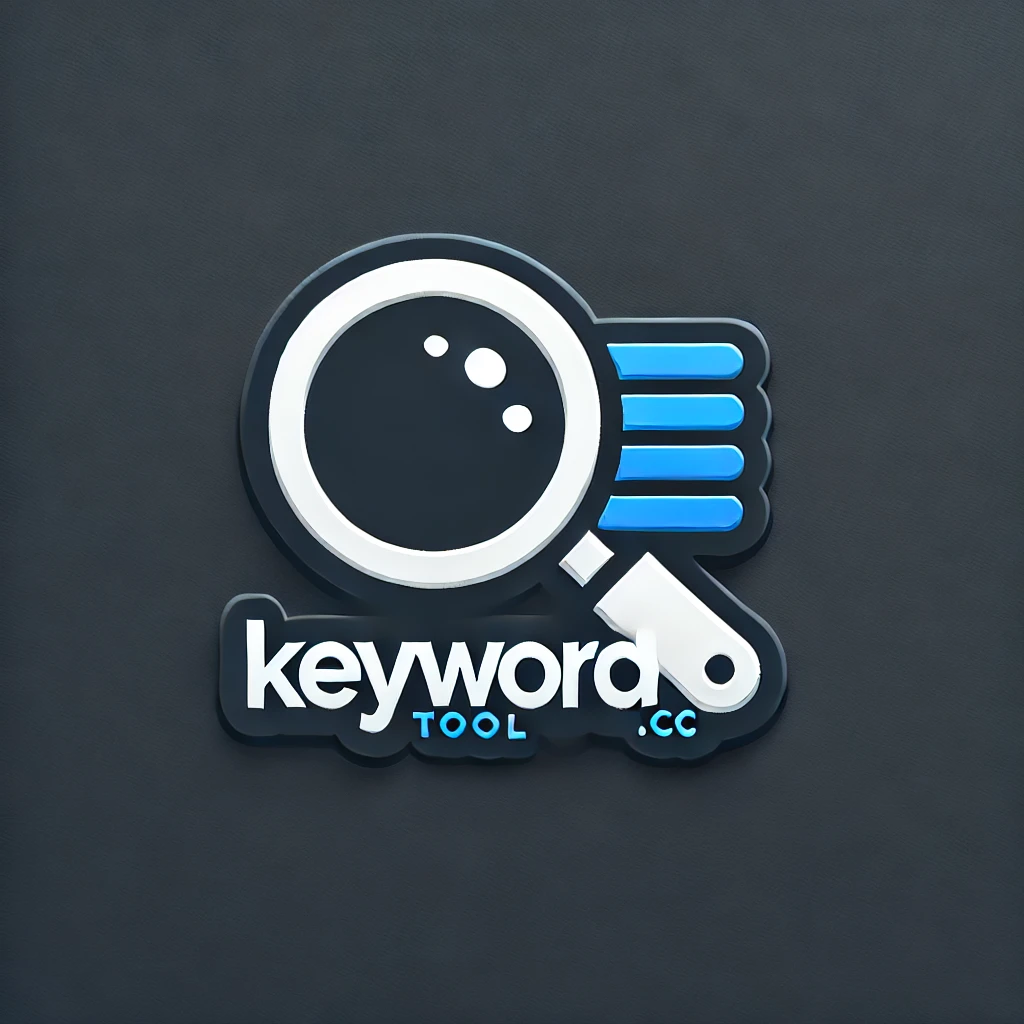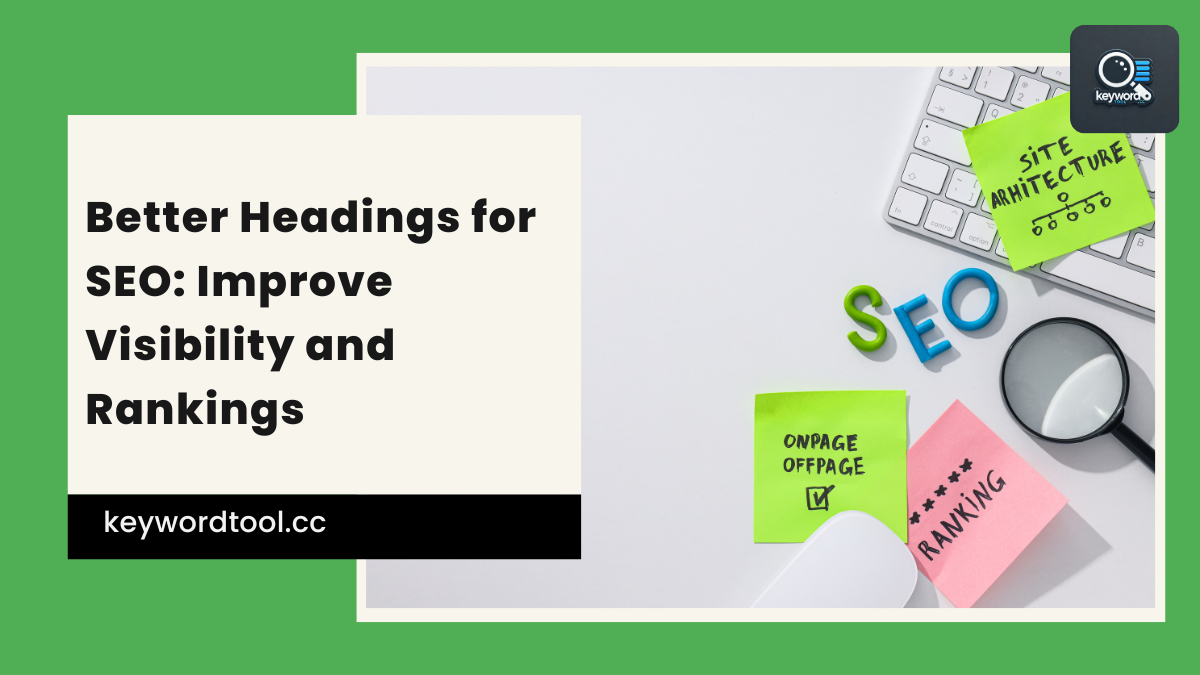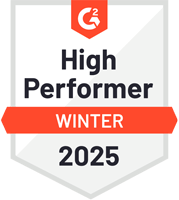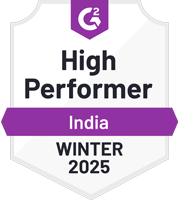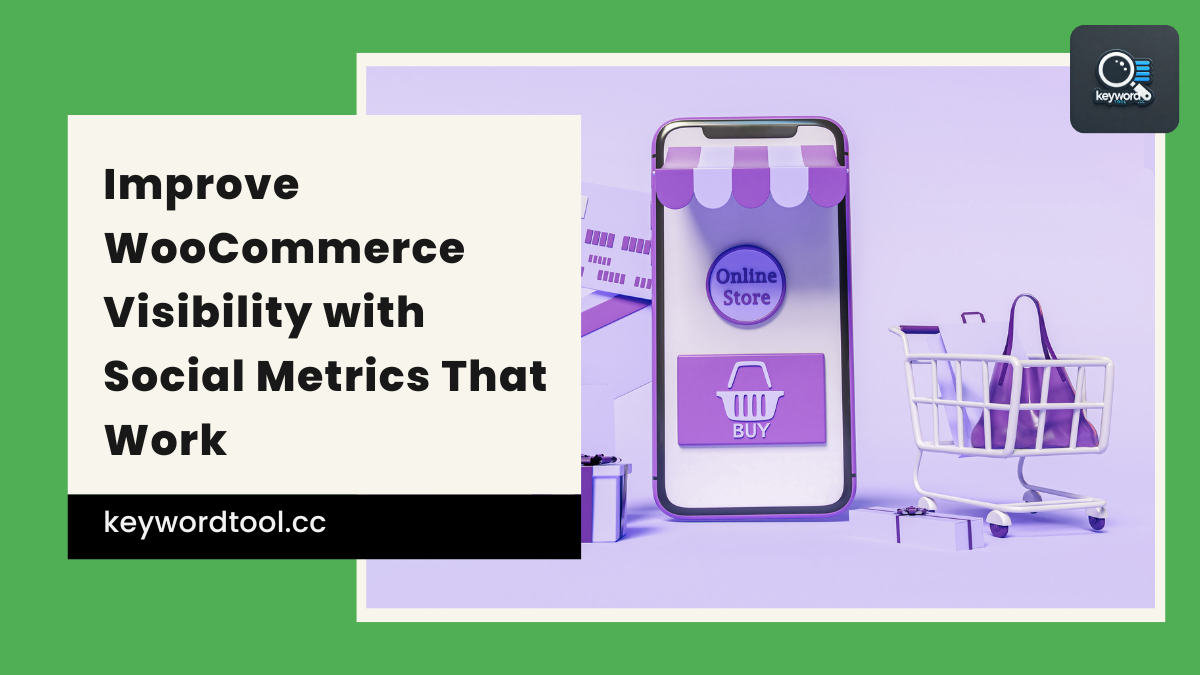Headings aren’t just bigger text—they’re signposts for both readers and search engines. If your titles sound like a robot wrote them or they bury the point, you’re probably missing clicks and rankings. Better headings for SEO don’t just help Google understand your content—they help people find what they’re actually looking for. The right heading can boost visibility in search results and make your links more clickable on social media. Whether you’re writing blog posts, product pages, or guides, sharpening your headers is one of the fastest ways to get better results without rewriting everything else.
Understand the Role of Headings in SEO
Search engines don’t read the way people do. They scan. And when they scan, headings act like road signs. These tags—H1, H2, H3—make it easier for bots to figure out what your page is about.
Start with one H1 per page. This tells Google the main topic. Think of it as your page’s title at a glance. It should match what users expect when they search for something specific. Then come your subheadings: H2s and H3s help break down ideas into smaller parts so both readers and crawlers stay on track.
Better headings for SEO aren’t just about keywords stuffed into bold text. They’re about structure and clarity. When you organize content using proper heading levels, you make it easier for tools like Googlebot to crawl and understand your site faster.
Readers benefit too. People scroll fast—they want answers quickly. Well-structured headings guide them through sections so they can jump to what matters most without effort.
Using clear headers also supports featured snippets or “position zero.” If a search engine sees that your content has neat sections with concise answers under subheadings, you increase chances of getting pulled into those top spots.
You don’t need guesswork here either. Learning how to use these tags correctly is part of building real SEO skills—not fluff or shortcuts that fade next week.
That’s where something like the 14-day guided SEO challenge fits right in without getting in the way of your process. It walks you through practical steps using actual tools and expert tips while helping pages rank higher—without needing hours each day or a background in coding.
Want better structure? Want bots to love your layout? Start applying smart heading strategies now—and if you’re ready to see how much impact this small change can have across all pages, start the challenge today and build skills that last longer than any trend does.
Use Better Headings for SEO to Boost Content Relevance
Search engines don’t guess. They scan your content for clues. One of the strongest signals they use? Your headings. When you write clear, keyword-focused headings, you’re not just making your article easier to read — you’re helping search engines figure out what your page covers.
Let’s say you’re writing about email marketing tools. A heading like “Top 5 Tools to Grow Your List” is vague. Instead, try “Best Email Marketing Tools for Small Business in 2025.” Now Google knows exactly what topic you’re targeting and who it’s for. That’s how better headings for SEO increase relevance.
Each heading should match user intent. If someone searches “how to bake sourdough,” a heading that says “My Bread Journey” misses the mark. But one that reads “Step-by-Step Sourdough Bread Recipe” gives both readers and search engines what they’re looking for.
Headings also help users skim content fast. This keeps them on the page longer — which can reduce bounce rates and improve engagement metrics that search engines notice.
Want practice building better headlines? The 14-day guided SEO challenge walks you through real examples using your own pages. It includes tools that show how each change affects rankings across Google and social platforms, so you’ll see where your efforts pay off most.
This isn’t theory — it’s hands-on learning with expert feedback as you go. You’ll learn how small changes in structure can create big shifts in visibility, especially when it comes to headers tied directly to user queries.
If you’ve ever wondered why some posts climb while others stall, headline clarity might be the missing piece. Start crafting smarter titles now and see how much stronger your content performs when every heading pulls its weight in relevance and reach.
Incorporate Keywords Naturally into Headings
Stuffing a bunch of keywords into headings might look like a shortcut, but it’s not helping anyone—especially not your readers or Google. Search engines have evolved. They now prioritize relevance and readability over keyword overload. When writing headings, aim for clarity first. If a phrase fits naturally and adds context, use it. If it sounds forced or robotic, skip it.
Let’s say you’re writing about email marketing strategies. Instead of forcing “best email marketing tips 2025 fast results” into an H2, go with something like “Email Marketing Strategies That Work in 2025.” You still include the keyword idea, but now it’s readable and helpful.
Search engines scan headings to understand what your content is about. Readers do the same when skimming a page. So every heading should serve both groups: signal value to search bots and guide human eyes through your post.
Adding better headings for SEO doesn’t mean repeating exact-match terms in every H2 or H3 either. Use variations that still match the topic—terms like “improve headline structure” or “optimize title tags” can support relevance without redundancy.
If you’re unsure how to strike this balance, try working through real examples on your own site pages—or better yet, take part in guided practice sessions where you get feedback along the way. One smart way to start is by joining the 14-day SEO challenge built around improving rankings step-by-step using proven tools and expert advice.
It helps sharpen your skills fast and gives you hands-on experience applying tactics like natural keyword placement across headings and other key elements.
Once you see how seamless this can be in action—with real-time results—it becomes easier to write optimized headlines that don’t sound written for robots but still impress them anyway.
Maintain a Logical Heading Hierarchy
Think of your page like a table of contents. If the titles jump all over the place, readers get confused. Search engines do too. That’s why sticking to a logical heading structure matters more than most realize.
Start with one H1 tag—just one. That’s your main topic or headline. It tells both people and search bots what the page is about. After that, use H2s for major sections that support your main point. Need to break those down further? Use H3s under each H2 to group related ideas.
It works like folders within folders on your computer: clear, tidy, and easy to follow.
Skipping levels or mixing them up makes content harder to scan. Readers lose track of where they are. Google might not understand which parts carry the most weight either.
This simple structure also encourages better writing habits. You’re forced to organize thoughts before publishing—a bonus for clarity and flow.
For example, if you’re talking about keyword research under an H2, don’t suddenly drop in an unrelated tip as another H2 unless it introduces a new section entirely. Keep everything nested properly so each part fits into the bigger picture without causing confusion.
Tools can help spot these problems fast—especially ones that guide you through real examples step by step instead of leaving you guessing what went wrong.
If figuring out how headings impact SEO still feels murky, there’s a way to get hands-on practice fast: Start the challenge. The 14-day guided SEO challenge walks you through building better pages using smart structures—including how proper heading hierarchy boosts visibility.
Better headings for SEO aren’t just labels—they’re signals for both readers and crawlers trying to make sense of your content layout. Once they’re clean and well-ordered, tracking results becomes easier across both search engines and social platforms alike—no guesswork needed anymore.
Crafting Headings That Work Harder Than You Do
Now that you’ve seen how better headings for SEO can power up your content, it’s time to put that knowledge to good use. From understanding their role in search visibility to mastering keyword placement and hierarchy, smart headings do more than just organize—they signal relevance, boost engagement, and help Google understand your value. Want to turn these tips into real rankings? Take the guesswork out of optimization by joining a 14-day guided SEO challenge—your hands-on path to ranking success. Start building smarter pages (and sharper skills) today.
